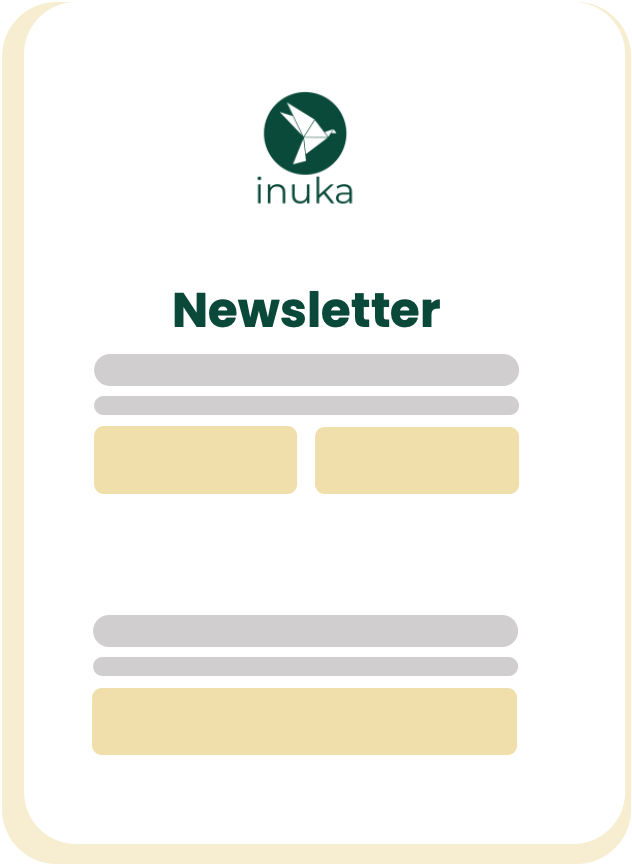The most effective workplace wellbeing measurement methods combine regular pulse surveys with behavioural indicators and digital health platforms to provide comprehensive insights. Success depends on measuring consistently, focusing on actionable metrics rather than vanity statistics, and turning data into targeted improvement strategies. The key is balancing frequent monitoring with meaningful analysis that drives real workplace change.
What exactly is workplace wellbeing and why should you measure it?
Workplace wellbeing encompasses your employees’ physical health, mental wellness, job satisfaction, work-life balance, and sense of purpose at work. It goes beyond basic health metrics to include stress levels, engagement, relationships with colleagues, and feeling valued within the organisation.
Measuring workplace wellbeing gives you concrete data about what’s actually happening in your teams. Without measurement, you’re making decisions based on assumptions rather than reality. You might think morale is high whilst stress levels are actually climbing, or assume your wellness programme is working when engagement remains flat.
The connection between employee wellbeing and business outcomes is direct and measurable. When wellbeing improves, you typically see reduced absenteeism, lower turnover rates, increased productivity, and better customer service. Teams with higher wellbeing scores also show improved collaboration and innovation.
Measurement helps you target your efforts effectively. Rather than implementing generic wellness programmes, you can address specific issues your data reveals. If stress is high in one department but work-life balance is the main concern in another, you can tailor your approach accordingly.
Which wellbeing measurement methods actually give you useful data?
The most useful wellbeing assessment tools provide actionable insights rather than just collecting data. Effective methods include regular pulse surveys, digital wellbeing platforms, behavioural indicators, and one-to-one check-ins that together create a comprehensive picture.
Pulse surveys work well when they’re short, frequent, and focus on specific aspects of wellbeing. Ask about stress levels, job satisfaction, work-life balance, and feeling supported. Keep surveys to 5-7 questions maximum to avoid survey fatigue whilst still gathering meaningful data.
Digital health platforms and wellbeing apps can track patterns over time. These tools often include mood tracking, stress assessments, and engagement metrics. The advantage is continuous monitoring rather than snapshot surveys, giving you trends rather than single data points.
Behavioural indicators provide objective data about wellbeing without relying on self-reporting. Track absenteeism patterns, overtime hours, employee assistance programme usage, and internal mobility rates. These metrics often reveal wellbeing issues before they appear in surveys.
Anonymous feedback systems encourage honest responses about sensitive wellbeing topics. When employees feel safe sharing their real experiences, you get more accurate data about workplace stress, management relationships, and organisational culture.
How do you know if your wellbeing initiatives are working?
Track progress through key metrics including stress levels, absenteeism rates, employee engagement scores, and retention figures. Most wellbeing initiatives show initial improvements within 2-3 months, with substantial changes typically visible after 6-12 months of consistent implementation.
Monitor both leading and lagging indicators to get the full picture. Leading indicators include participation rates in wellness programmes, employee assistance programme usage, and wellbeing survey scores. Lagging indicators include turnover rates, sick leave usage, and productivity metrics.
Set realistic timelines for seeing results. Individual wellbeing improvements often happen quickly, but cultural changes take longer. You might see reduced stress levels within weeks whilst improved team dynamics could take several months to develop.
Calculate ROI by comparing programme costs against savings from reduced absenteeism, lower recruitment costs, and improved productivity. Track healthcare costs, employee assistance programme usage, and turnover expenses to quantify the financial impact of your wellbeing initiatives.
Regular progress reviews help you adjust strategies based on what’s working. If engagement isn’t improving despite wellbeing programme participation, you might need to address management practices or workload issues rather than adding more wellness activities.
What are the biggest mistakes companies make when measuring wellbeing?
The most common mistakes include creating survey fatigue through over-measurement, focusing on vanity metrics that don’t drive action, compromising confidentiality, and collecting data without implementing changes. These issues undermine trust and make future measurement efforts less effective.
Survey fatigue happens when you ask too many questions too frequently without showing how responses lead to improvements. Employees stop participating or give superficial answers when they don’t see their feedback creating change. Keep surveys focused and always communicate what actions you’ve taken based on results.
Vanity metrics like “happiness scores” or generic satisfaction ratings don’t tell you what to do differently. Instead, measure specific aspects like workload manageability, manager support quality, or work-life balance satisfaction that connect directly to actionable improvements.
Confidentiality concerns prevent honest feedback about wellbeing issues. If employees worry their responses might be traced back to them, they won’t share real concerns about stress, management problems, or workplace culture. Ensure anonymous reporting and communicate your privacy protection clearly.
Measuring without acting destroys credibility for future wellbeing initiatives. When you collect wellbeing data but don’t implement changes, employees feel their input is worthless. Always close the feedback loop by sharing what you learned and what changes you’re making as a result.
How often should you assess employee wellbeing to get accurate insights?
Assess employee wellbeing through monthly pulse checks combined with quarterly comprehensive surveys to balance useful data collection with avoiding survey fatigue. Continuous monitoring through digital platforms provides ongoing insights between formal assessments.
Monthly pulse surveys should focus on 3-4 key wellbeing indicators that can change relatively quickly, such as stress levels, workload manageability, and feeling supported. These brief check-ins help you spot trends and respond to emerging issues before they become serious problems.
Quarterly comprehensive assessments allow deeper exploration of wellbeing factors like job satisfaction, work-life balance, career development, and organisational culture. These longer surveys provide context for your monthly pulse data and help identify underlying causes of wellbeing trends.
Annual wellbeing surveys work well for tracking long-term progress and conducting year-over-year comparisons. However, annual-only measurement means you miss opportunities to address issues promptly and show employees that their wellbeing matters throughout the year.
Continuous monitoring through digital platforms supplements formal surveys with real-time data. Wellbeing apps, mood tracking tools, and behavioural indicators provide ongoing insights without requiring additional survey participation from employees.
What’s the difference between measuring wellbeing and actually improving it?
Measuring wellbeing provides the data and insights, whilst improving it requires turning those insights into targeted actions that address specific issues. Measurement is the starting point, but improvement happens through implementing changes based on what your data reveals about employee needs.
Many organisations excel at collecting wellbeing data but struggle with the next step of creating meaningful change. Your measurement efforts only create value when they inform decisions about workplace policies, management training, workload distribution, or support programme development.
Effective improvement strategies address root causes rather than symptoms. If your data shows high stress levels, look deeper to understand whether the issue is workload, lack of control, poor management, or insufficient resources. Surface-level solutions won’t create lasting wellbeing improvements.
Connect measurement results to specific action plans with timelines and accountability. When stress scores are high in a particular team, implement targeted interventions like workload reviews, manager coaching, or flexible working arrangements. Track whether these actions improve subsequent wellbeing measurements.
Communication bridges the gap between measurement and improvement. Share wellbeing data with employees, explain what actions you’re taking as a result, and ask for input on potential solutions. This creates a collaborative approach where measurement and improvement work together to enhance workplace wellbeing.
Remember that sustainable wellbeing improvement requires ongoing commitment rather than one-off initiatives. Use your measurement data to continuously refine your approach, celebrate progress, and address new challenges as they emerge. Our comprehensive Inuka Method helps organisations create this continuous cycle of measurement, action, and improvement through a comprehensive wellbeing coaching platform that provides real-time insights whilst delivering targeted support to employees. You can start by taking our impact check to assess your current wellbeing measurement approach, or contact us to discuss how we can support your organisation’s wellbeing journey.







